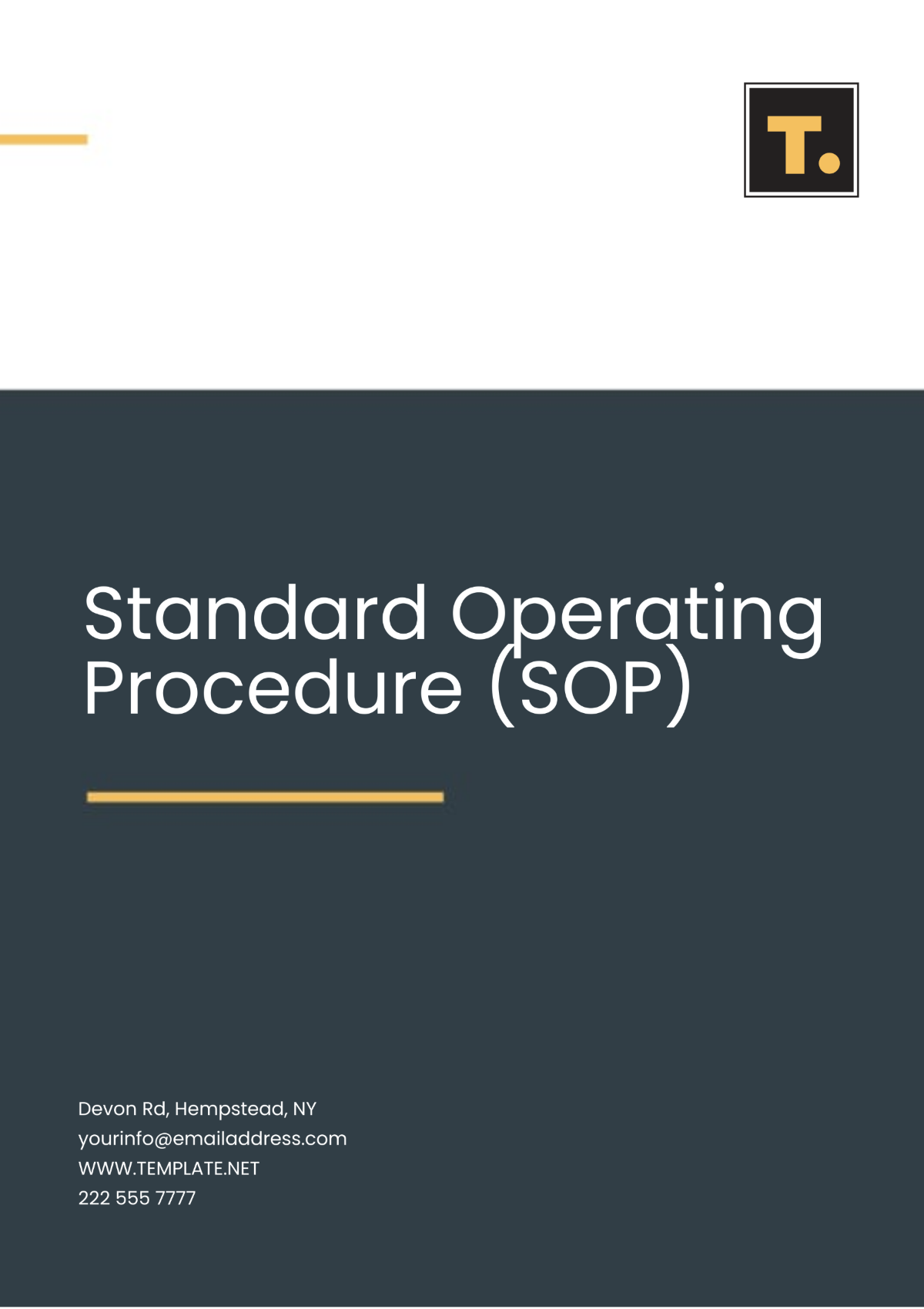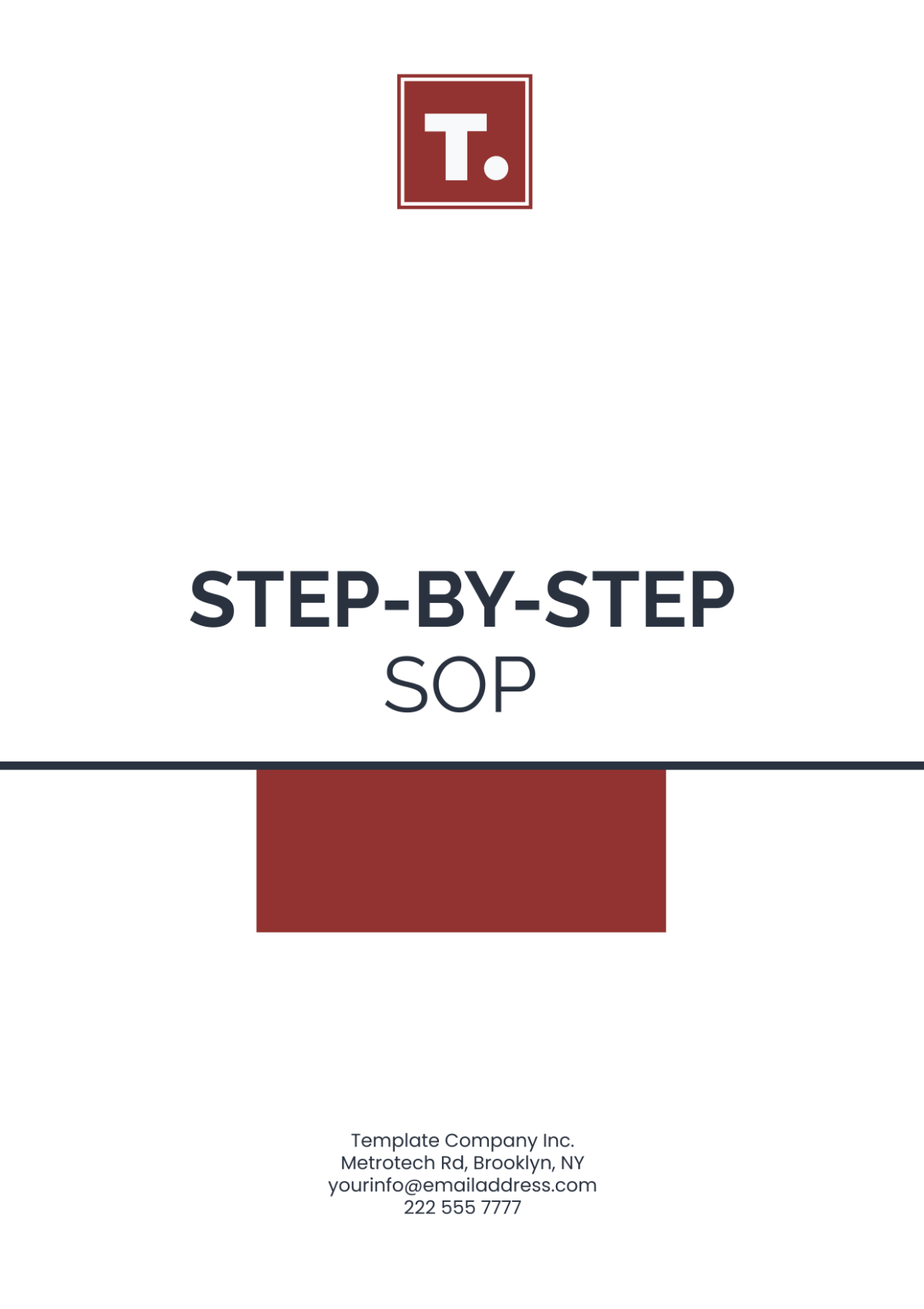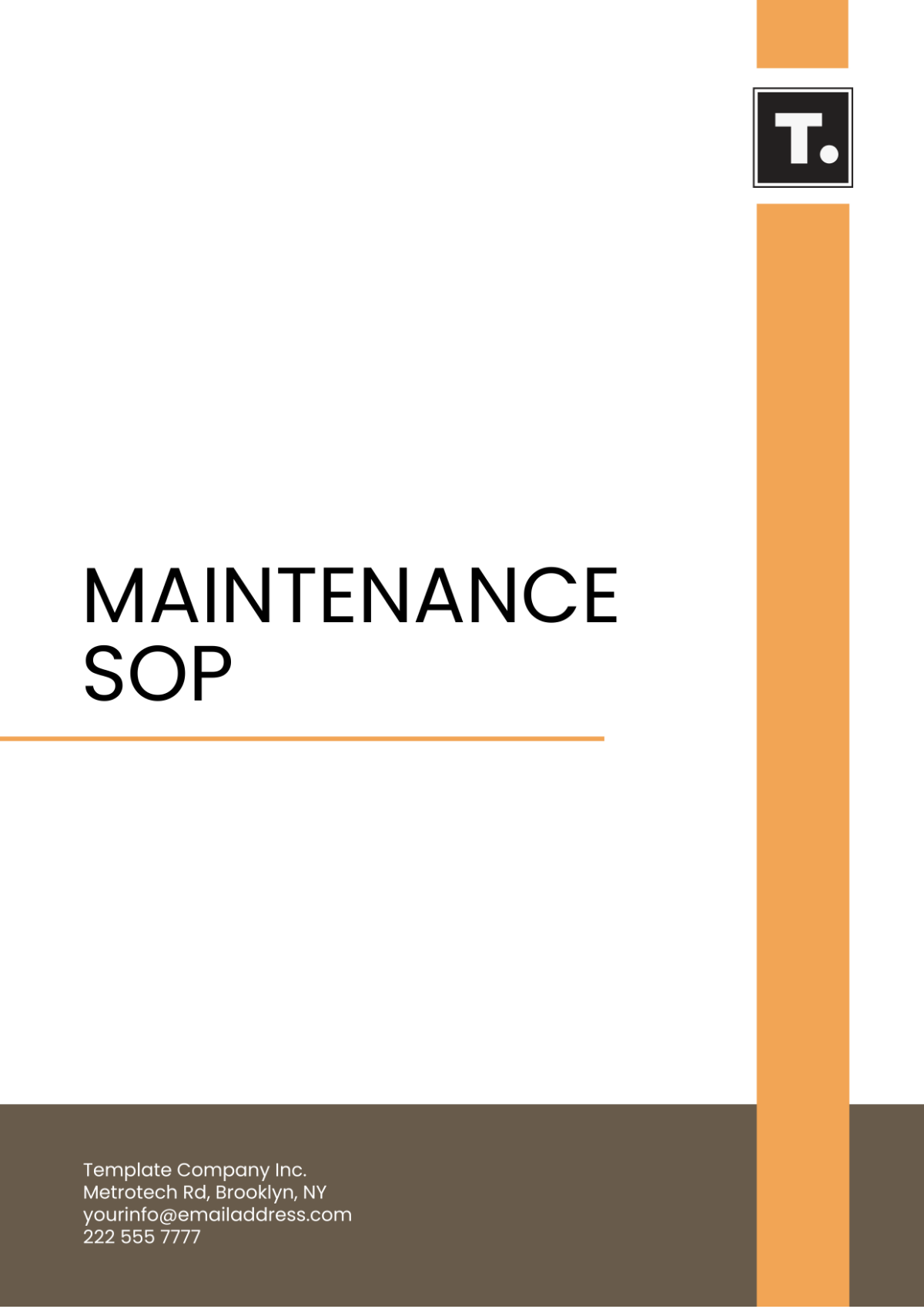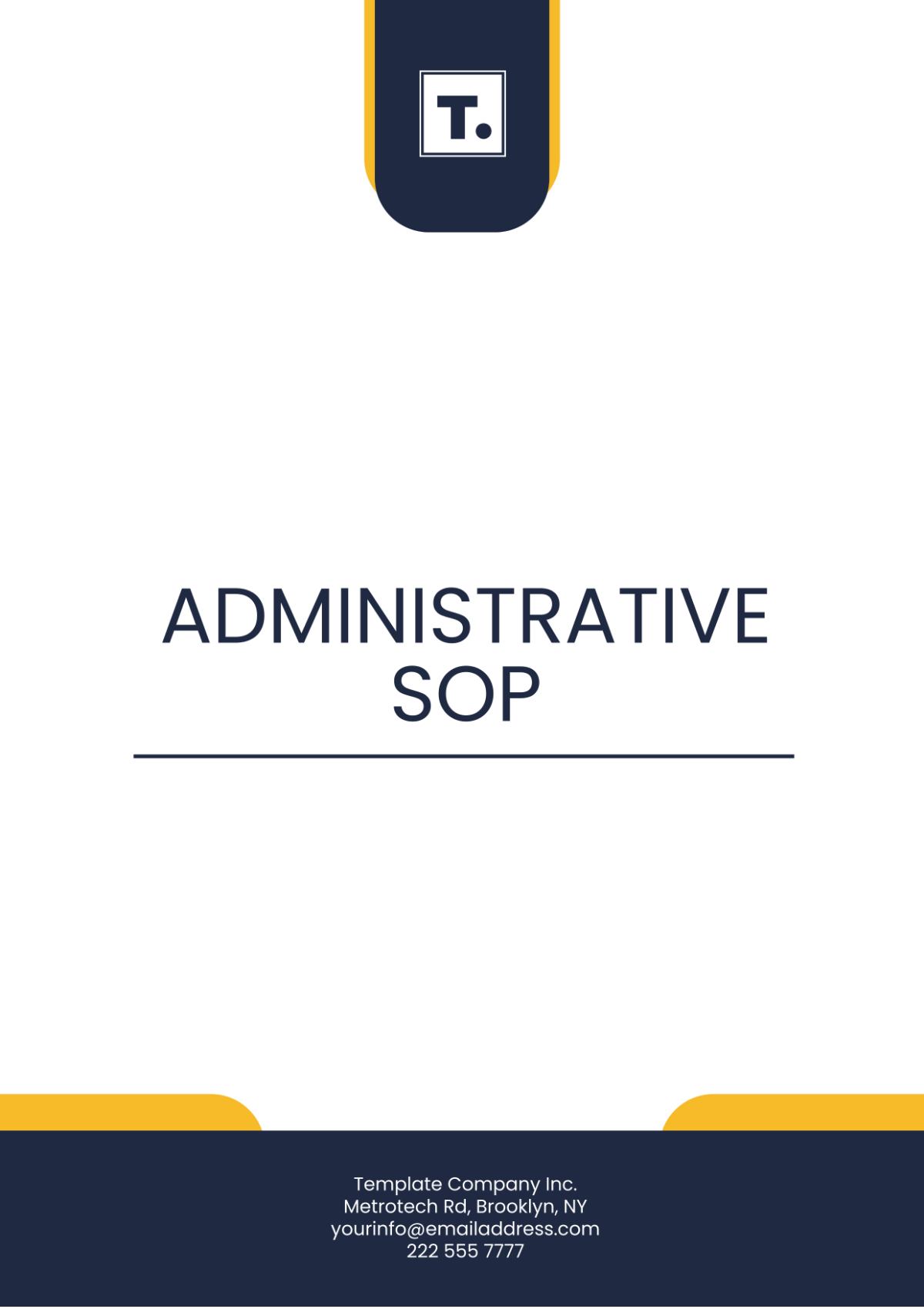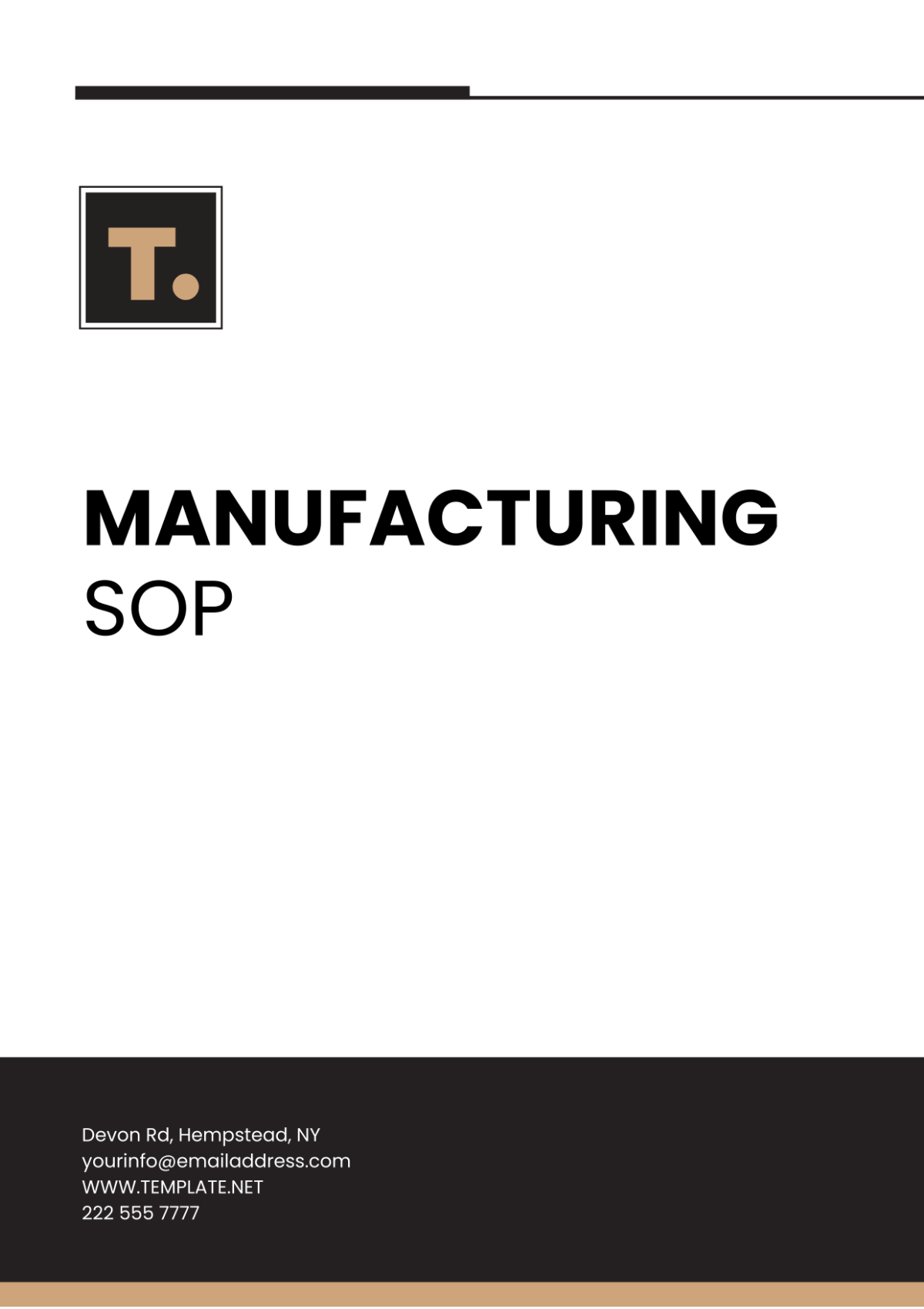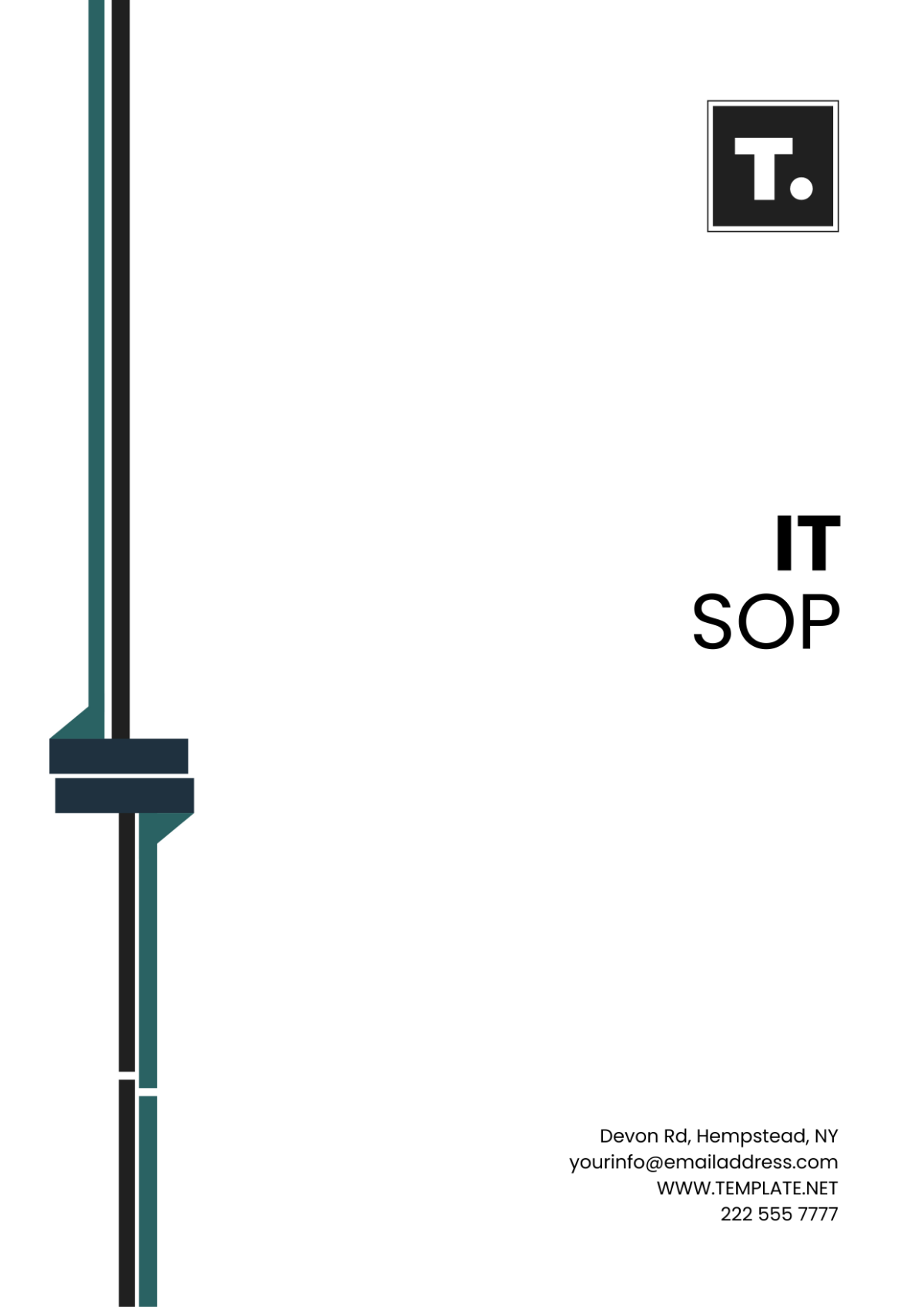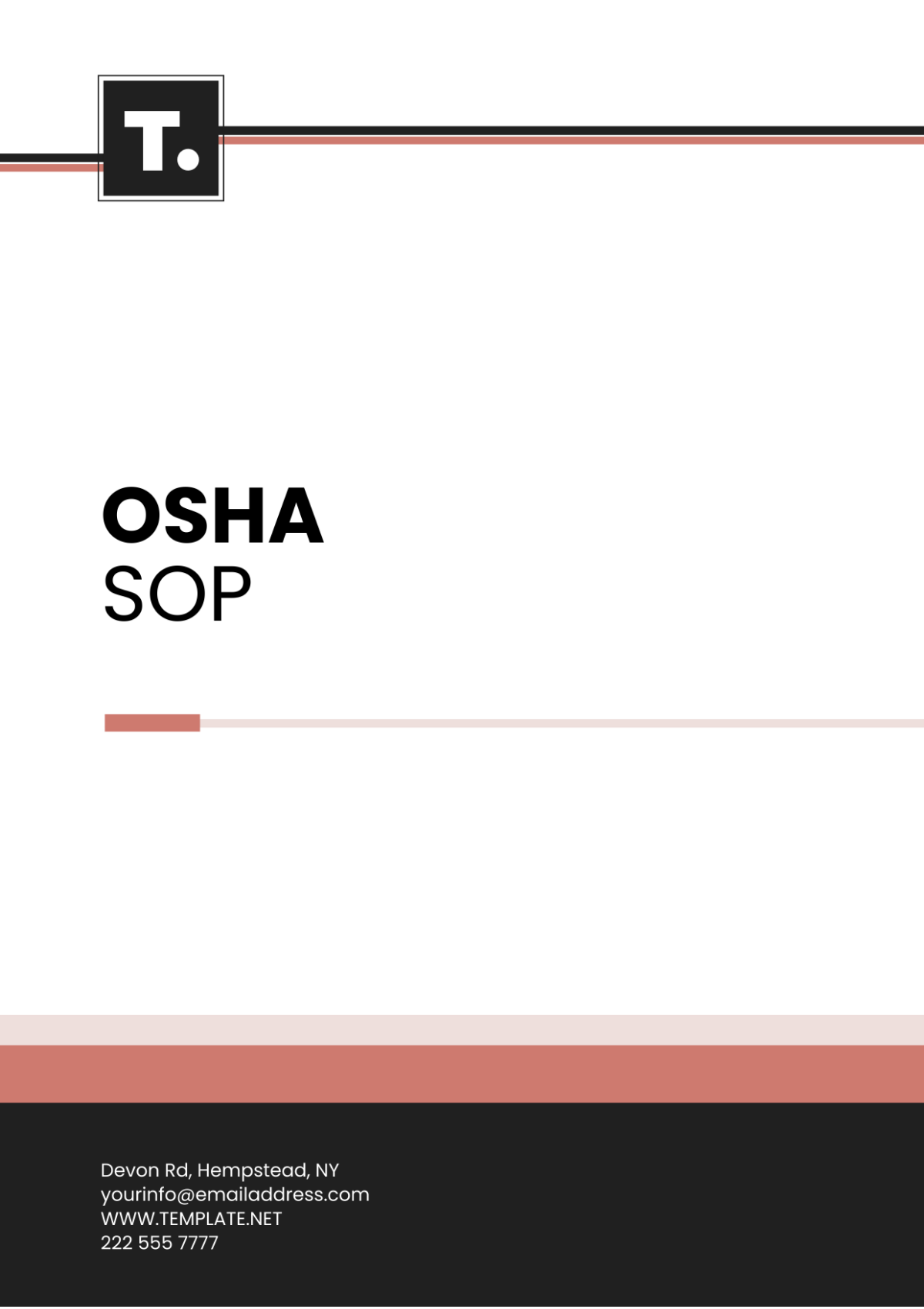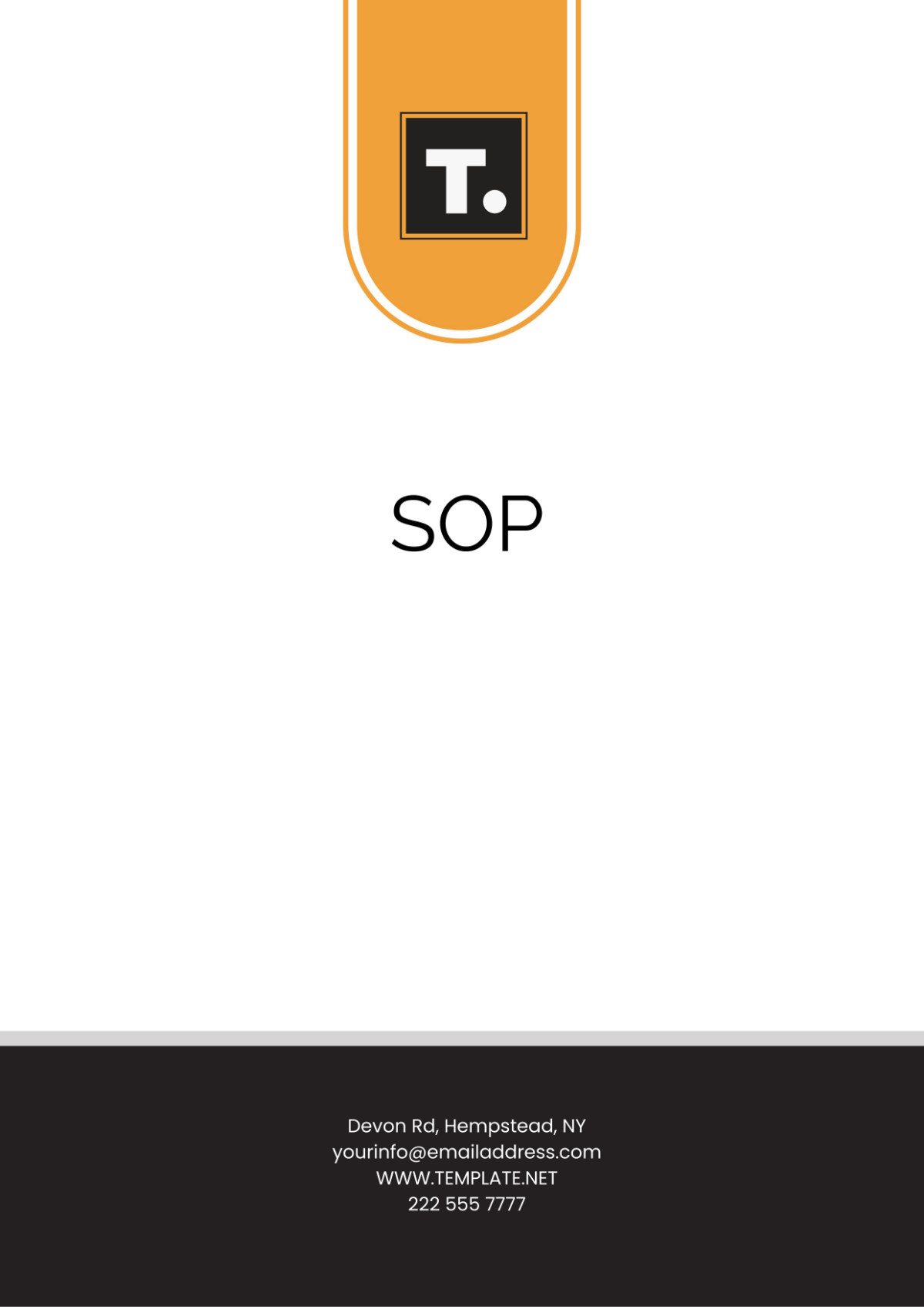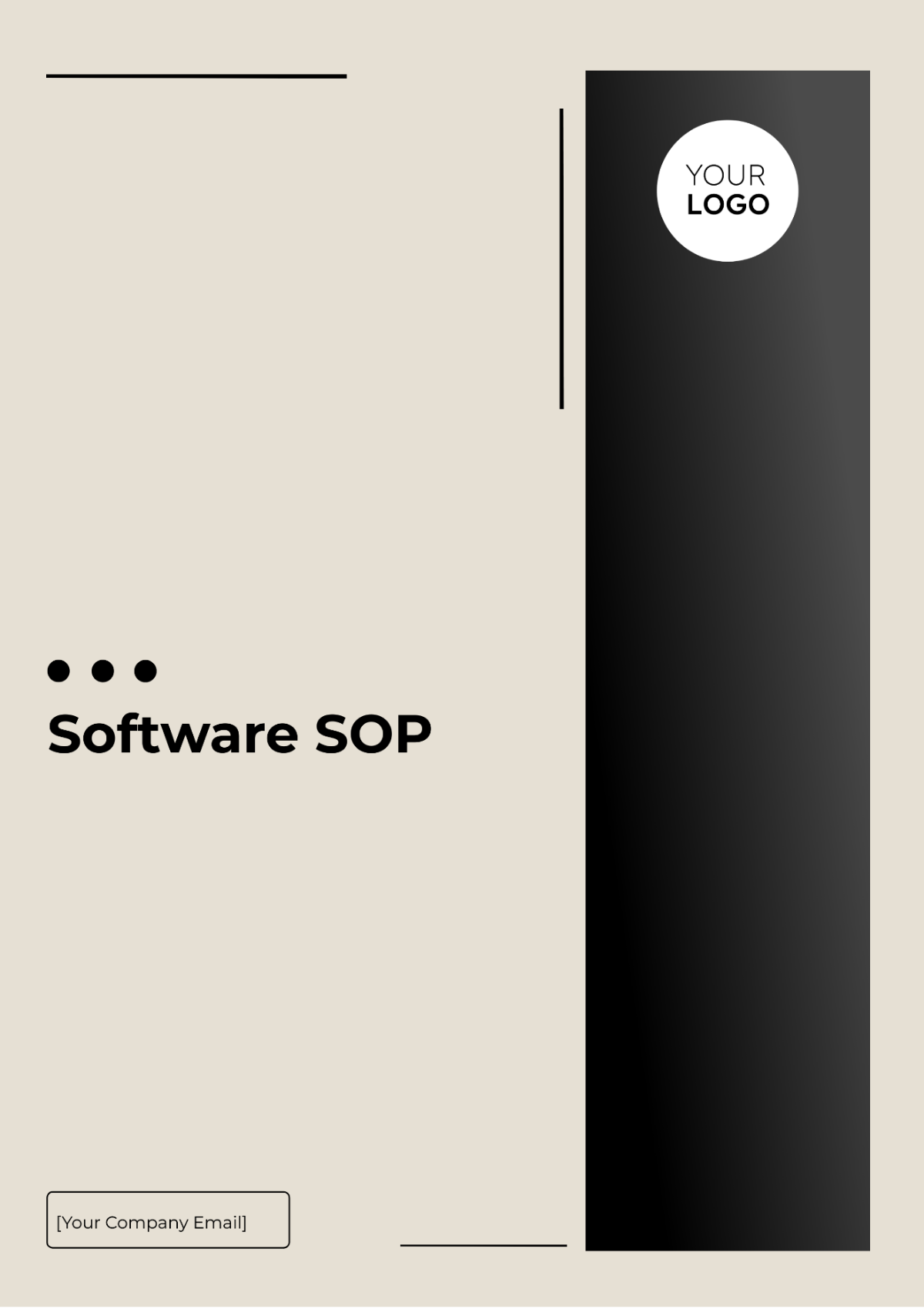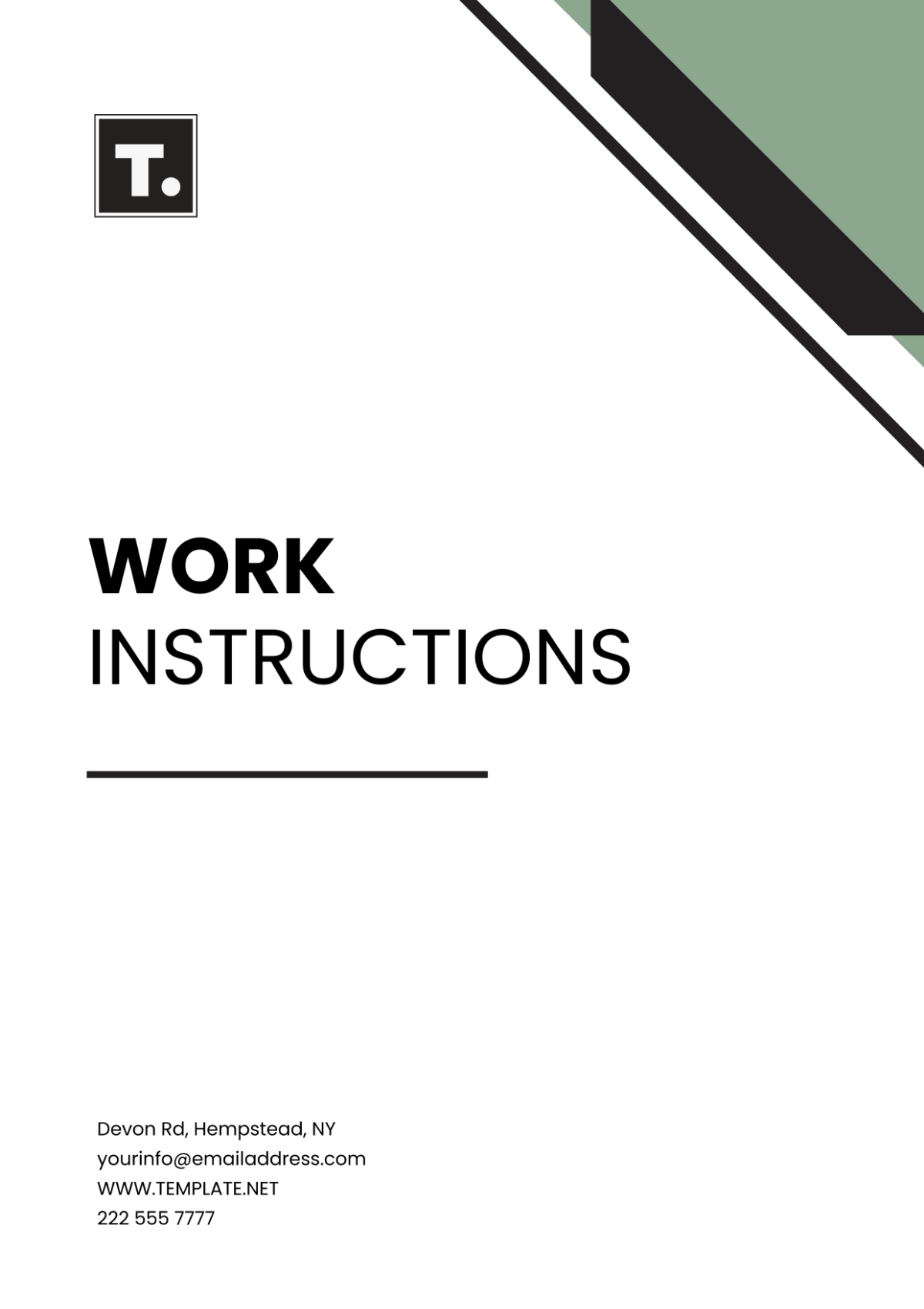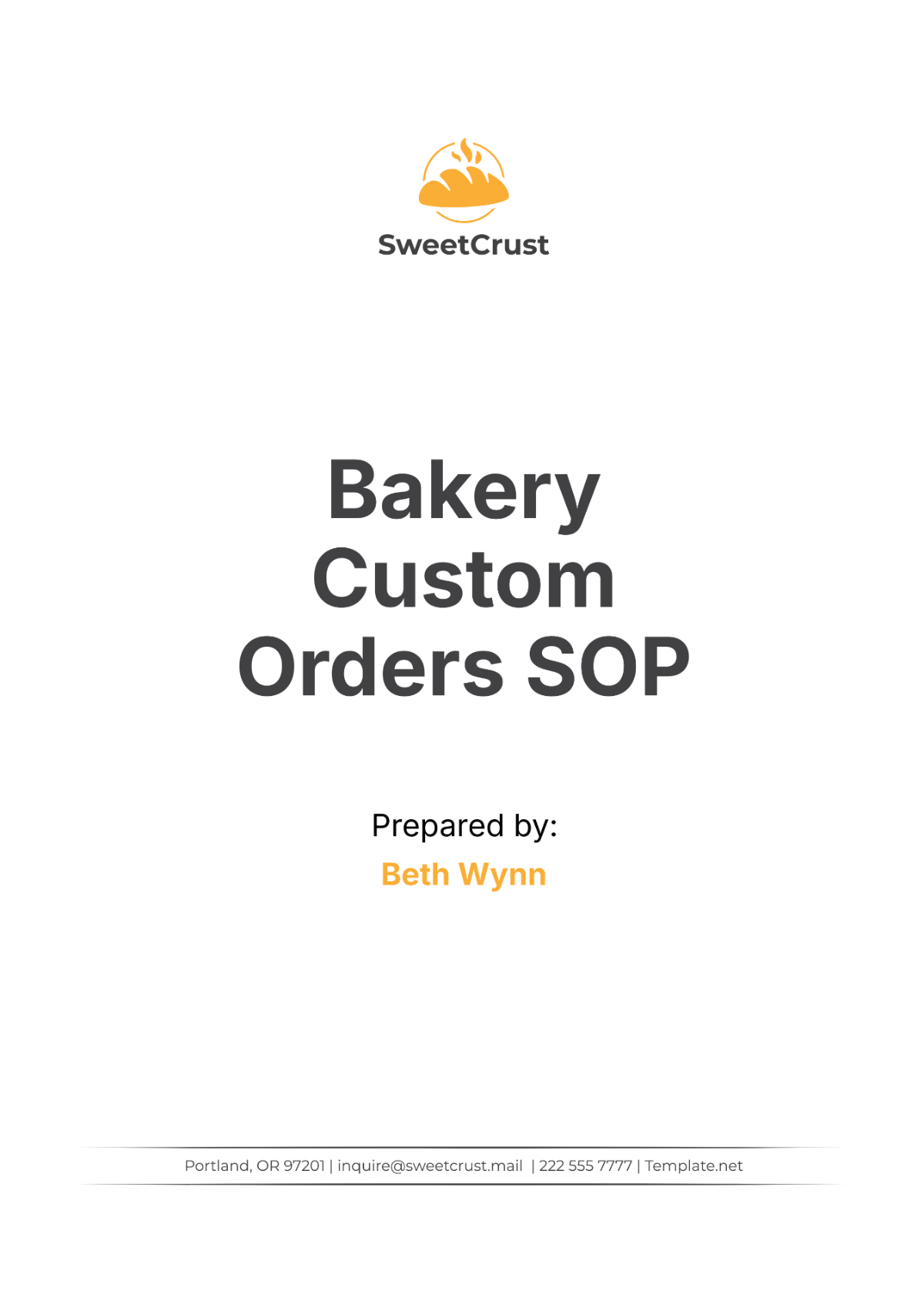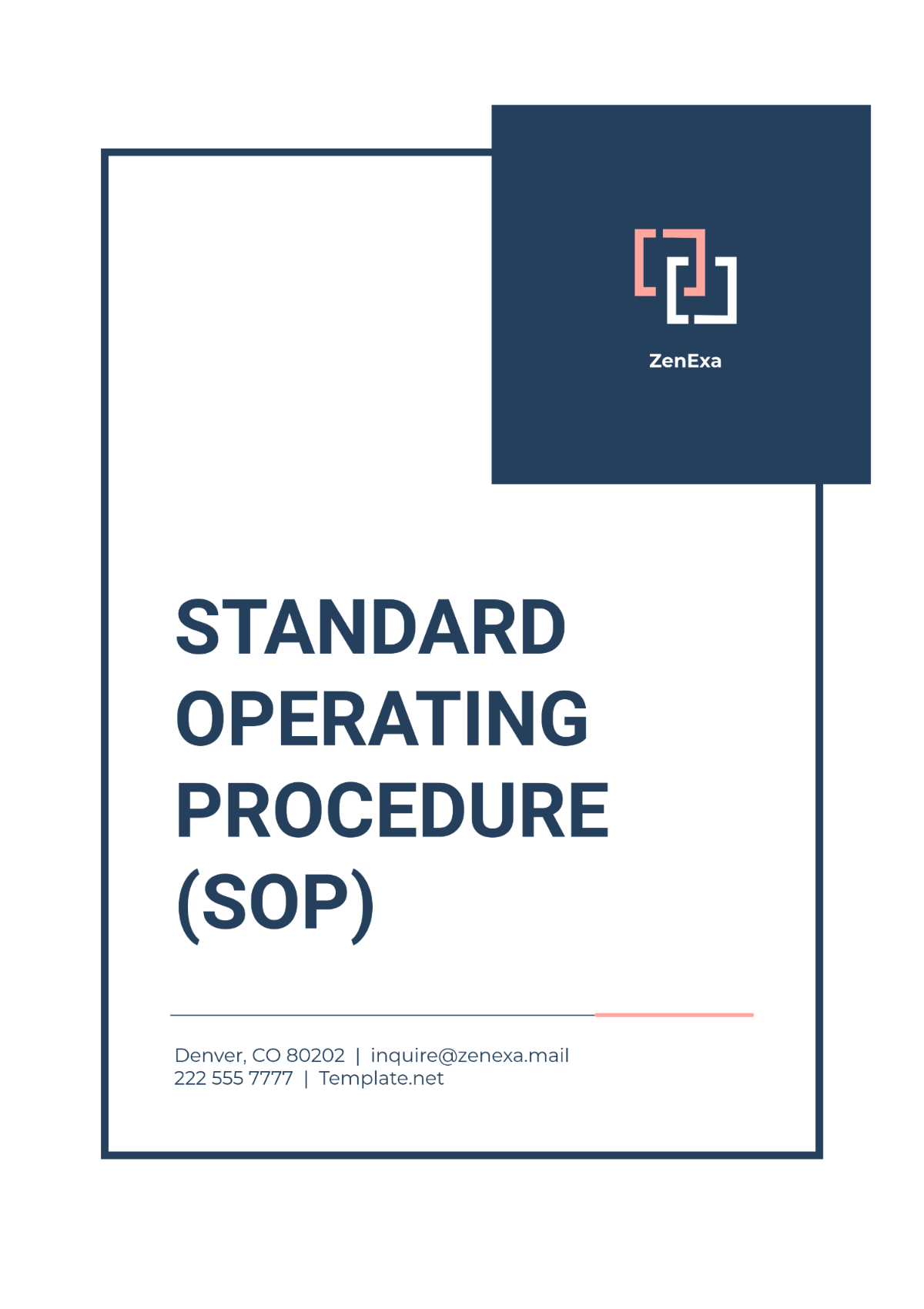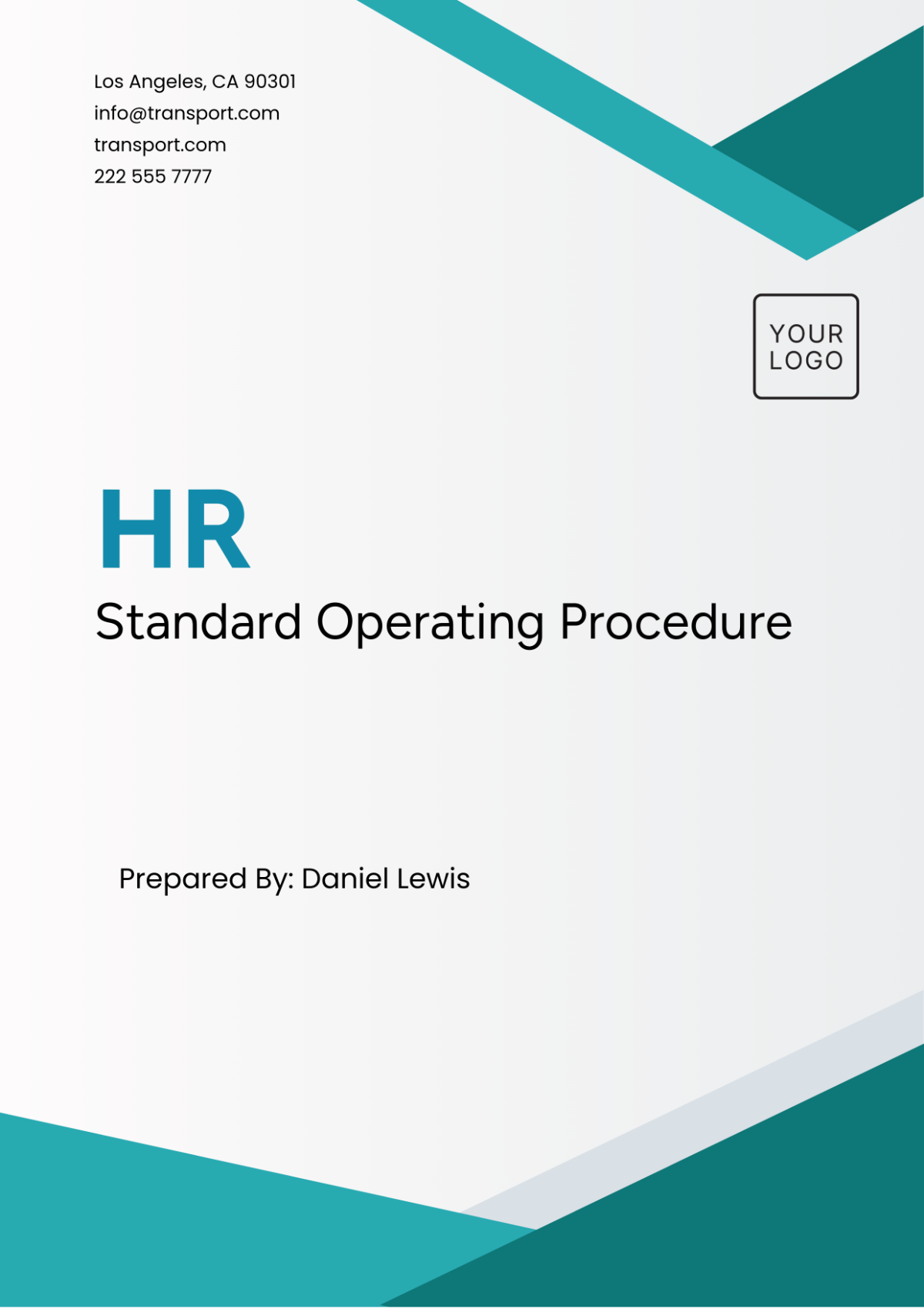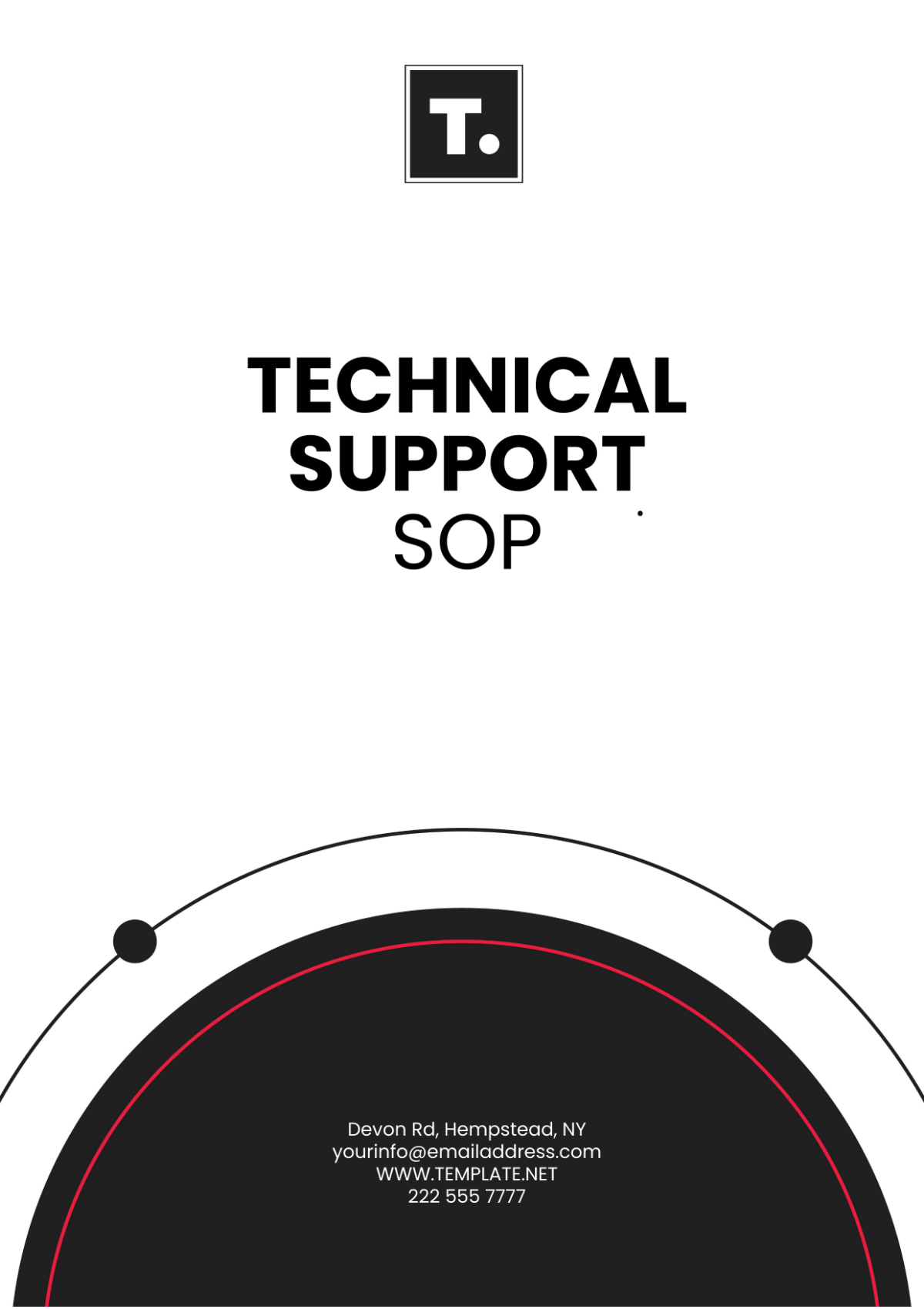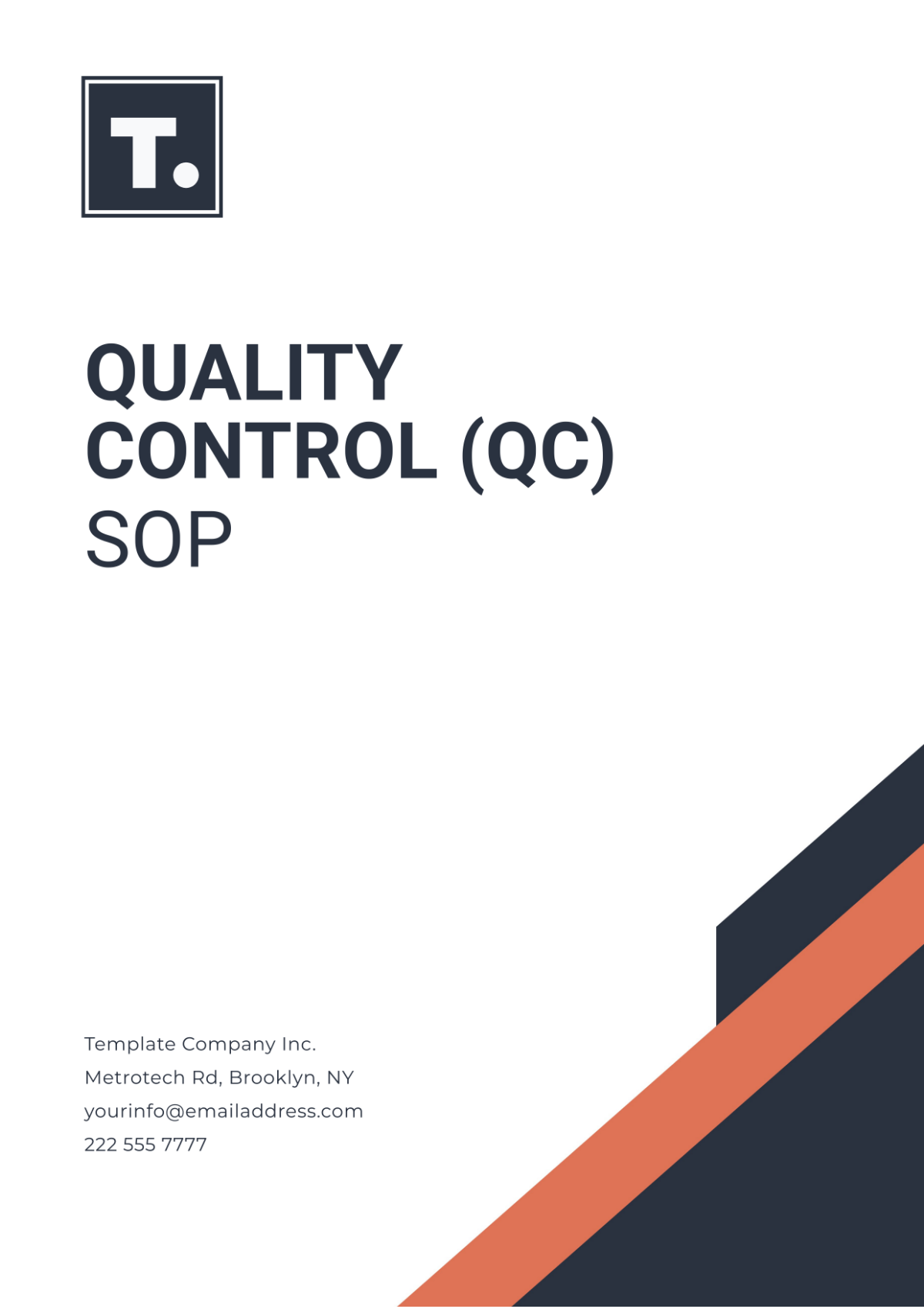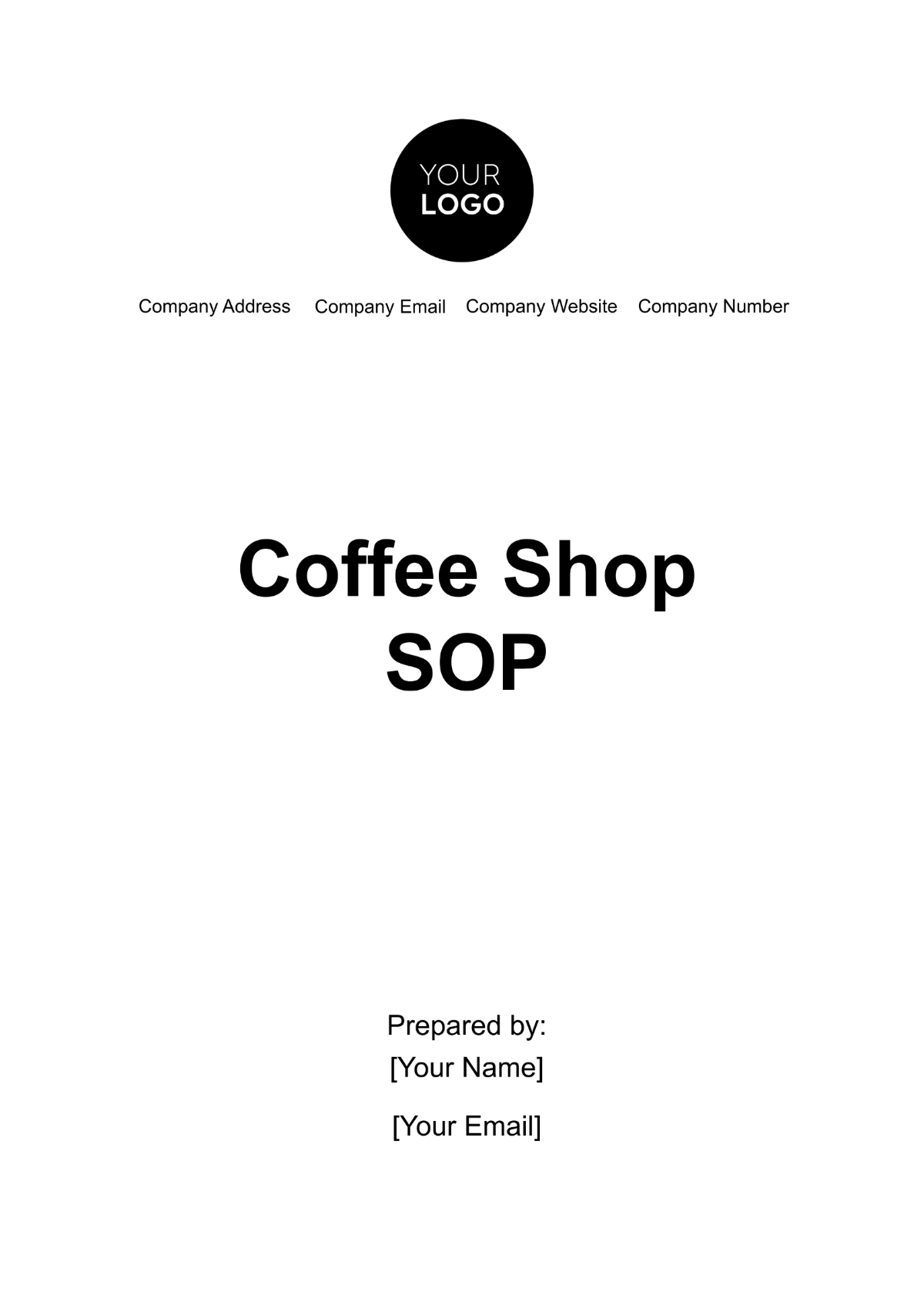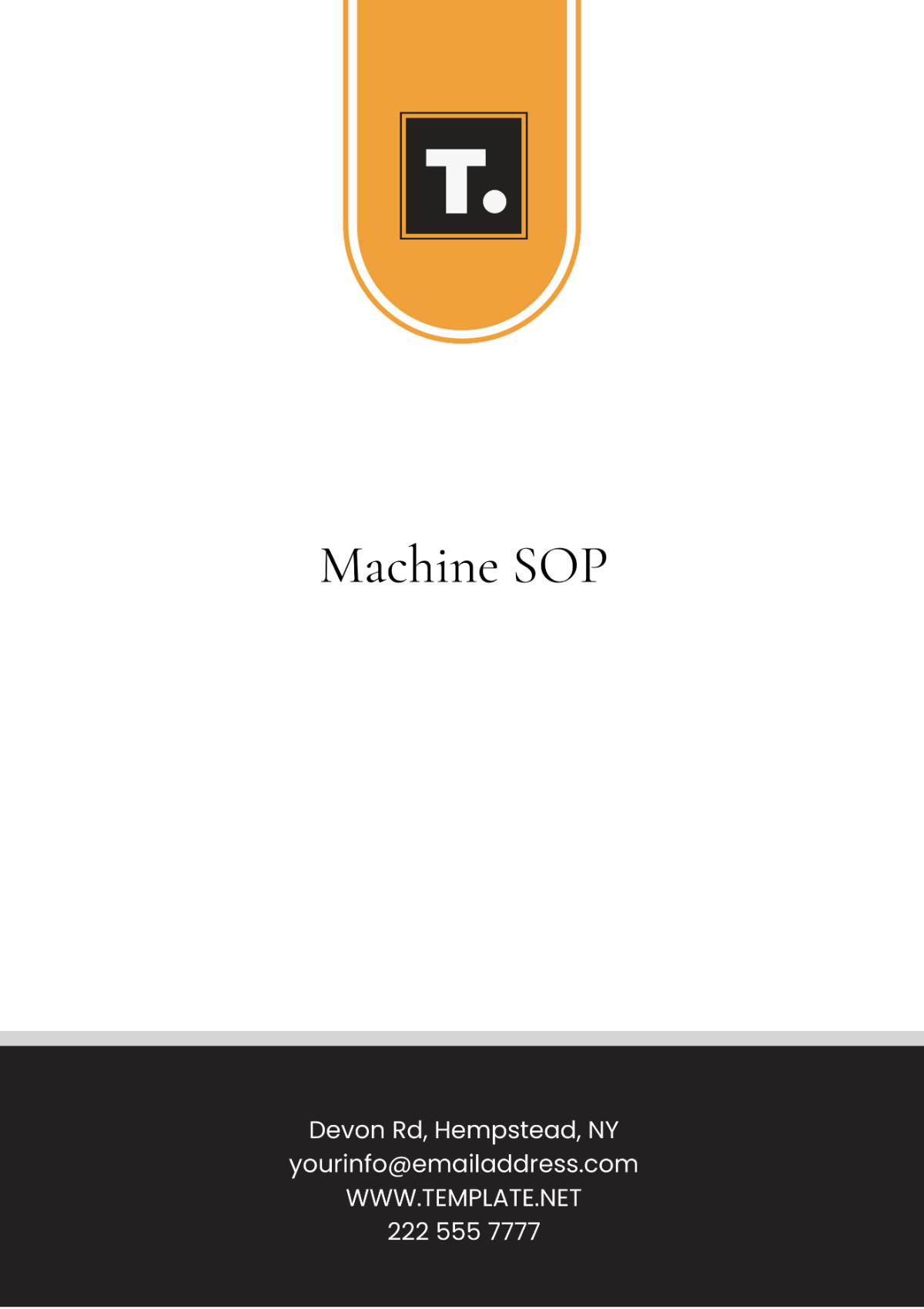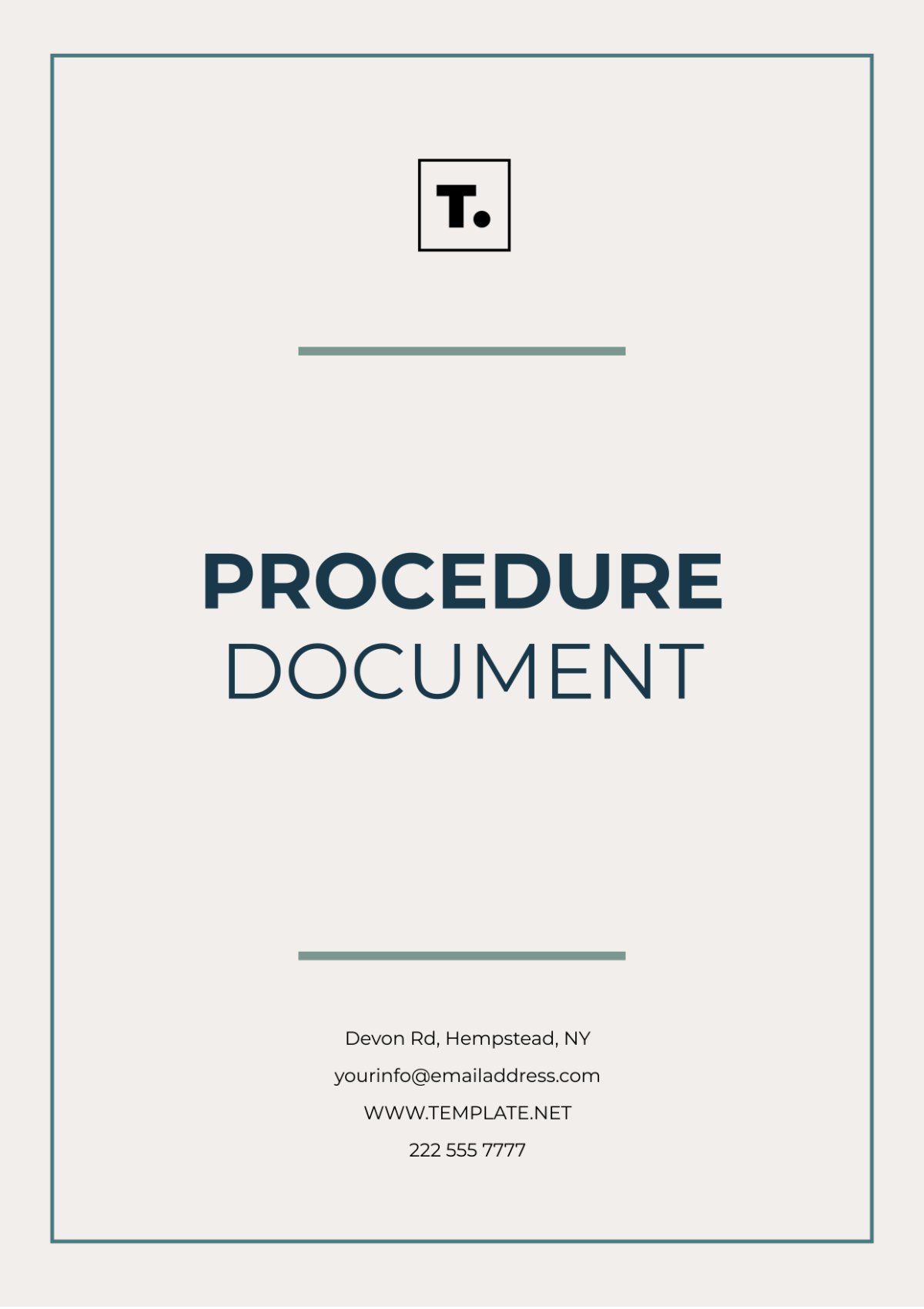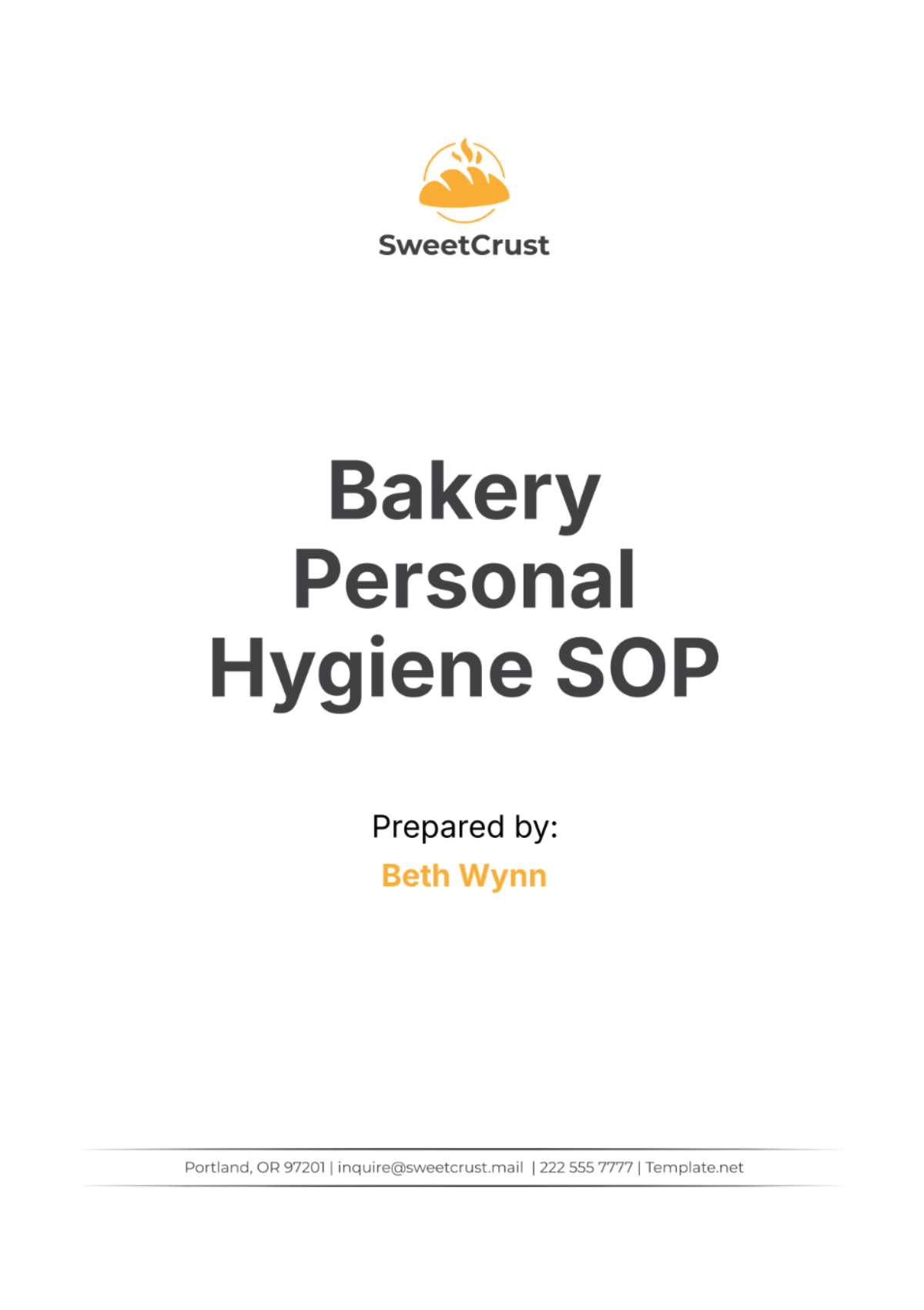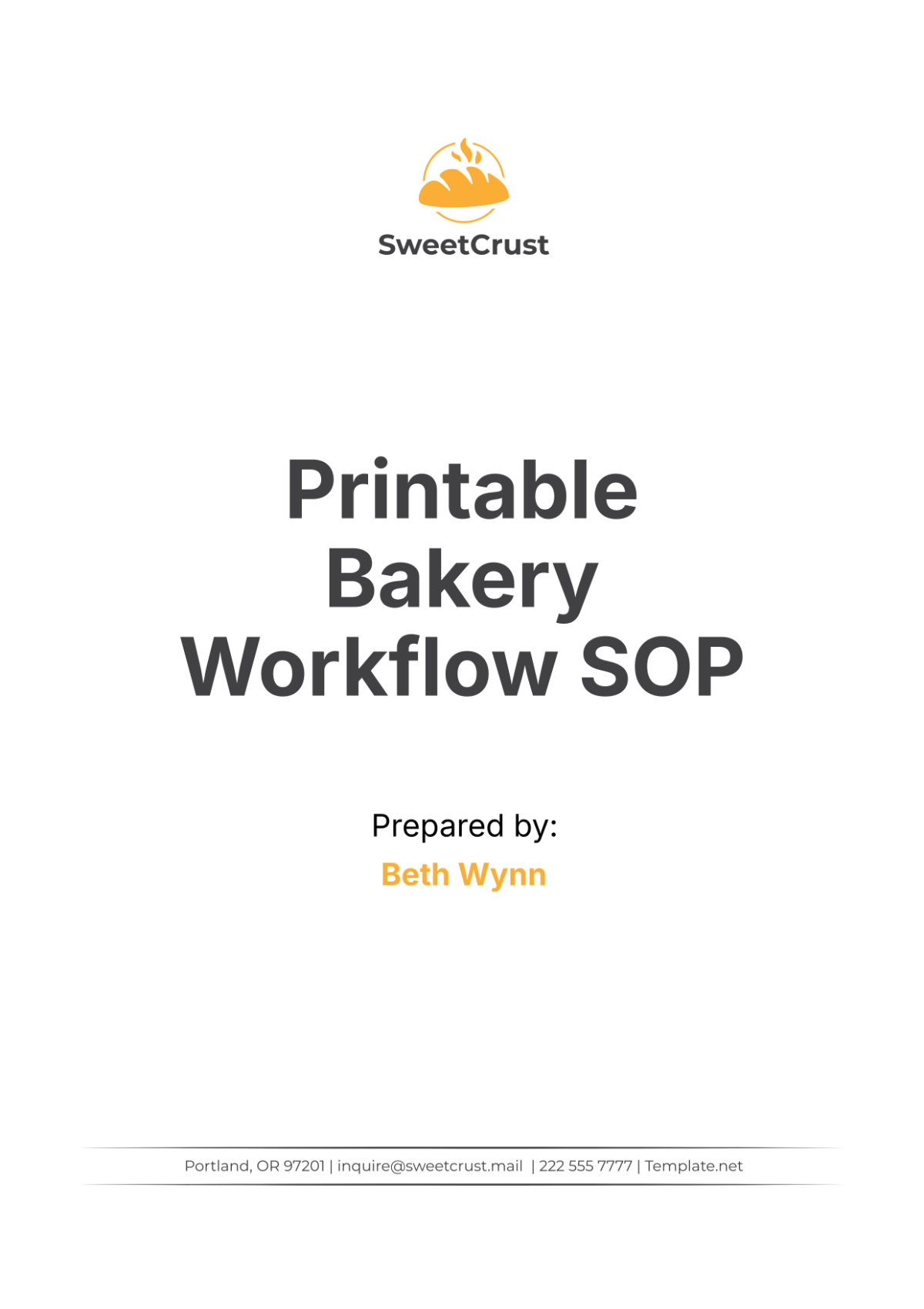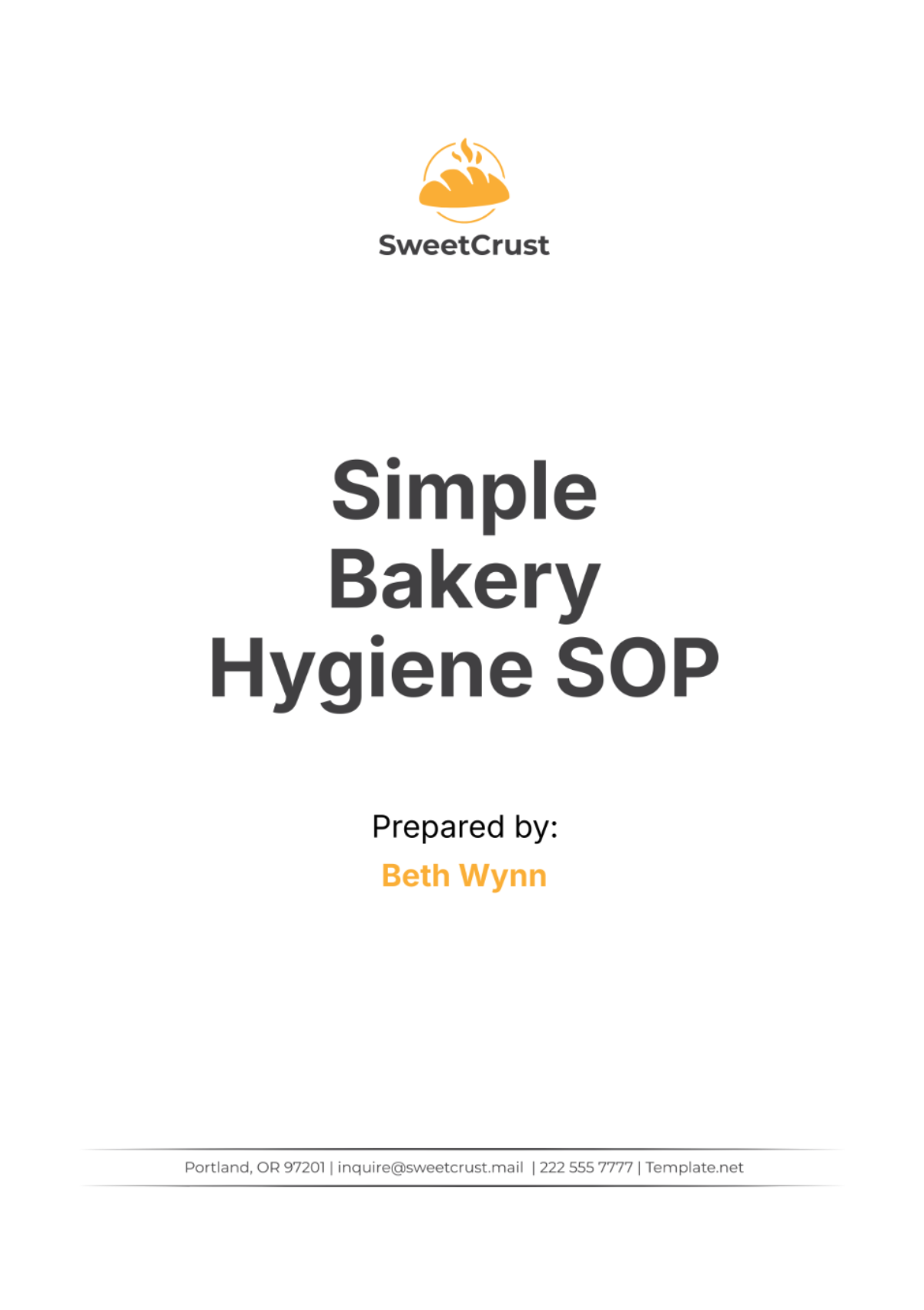SOP
Introduction
This SOP outlines the procedures for managing inventory within the Supply Chain Department of [Your Company Name]. The document provides step-by-step instructions to ensure accurate inventory control, effective resource management, and compliance with company policies.
Purpose
The purpose of this SOP is to establish a standardized process for inventory management that ensures the efficient tracking, storage, and retrieval of materials. By following these procedures, [Your Company Name] aims to reduce discrepancies, optimize stock levels, and improve overall operational efficiency.
Scope
This SOP applies to all employees within the Supply Chain Department at [Your Company Name] who are responsible for receiving, storing, auditing, and managing inventory. The procedures outlined here cover the entire inventory lifecycle, from the receipt of goods to their final use or disposal.
Definitions
Inventory: The raw materials, work-in-progress items, and finished goods that are stored for production and sales purposes.
Stock Keeping Unit (SKU): A unique identifier for each distinct product and service that can be purchased.
FIFO (First-In, First-Out): An inventory valuation method where the first items added to inventory are the first ones used or sold.
Discrepancy: A mismatch between recorded inventory levels and actual stock.
Roles and Responsibilities
Inventory Manager:
Oversees the entire inventory management process.
Ensures that inventory levels are accurate and up to date.
Coordinates with procurement and production departments to forecast inventory needs.
Approves inventory adjustments and investigates discrepancies.
Warehouse Supervisor:
Manages day-to-day operations within the warehouse.
Ensures that goods are stored correctly and safely.
Leads the warehouse team in inventory counts and audits.
Maintains records of inventory movements and storage locations.
Warehouse Staff:
Receives and inspects incoming goods.
Stores items in designated areas following the FIFO method.
Updates inventory records in the system after every transaction.
Assists in periodic inventory audits and reports any discrepancies.
Procurement Officer:
Coordinates with suppliers for timely delivery of inventory.
Ensures that purchase orders match the goods received.
Works with the Inventory Manager to resolve any issues related to supply shortages or overstocking.
Procedure
Step 1: Receiving Inventory
Verification of Goods:
Upon receipt, inspect the goods to ensure they match the purchase order (PO) in terms of quantity, quality, and specifications.
If discrepancies are found, report them immediately to the Procurement Officer.
Documentation:
Record the received goods in the Inventory Management System (IMS) by entering details such as PO number, SKU, quantity, and date of receipt.
File the delivery note and receipt documentation in the warehouse records.
Step 2: Storing Inventory
Storage Location Assignment:
Assign storage locations based on the type and turnover rate of the goods (e.g., high-turnover items near dispatch areas).
Label each storage location clearly with the corresponding SKU.
Inventory Placement:
Place items in their designated storage locations, ensuring proper stacking and safety measures are followed.
Update the IMS to reflect the storage location of each item.
FIFO Implementation:
Implement the FIFO method by organizing goods so that the oldest stock is used or sold first.
Step 3: Inventory Audits
Audit Scheduling:
Conduct a full inventory audit quarterly, with spot checks conducted monthly on high-value or high-turnover items.
Audit Procedure:
Compare physical stock levels with the IMS records.
Document any discrepancies and investigate their causes. Adjust the IMS as necessary after approval from the Inventory Manager.
Reporting:
Submit a detailed audit report to the Inventory Manager, including findings, discrepancies, and corrective actions taken.
Documentation and Records
Document | Location | Retention Period |
|---|---|---|
Receiving Log | IMS and Warehouse Records | 5 Years |
Storage Plan | Warehouse Supervisor’s Office | 5 Years |
Inventory Audit Reports | Supply Chain Dept. Records | 7 Years |
Discrepancy Reports | Inventory Manager’s Office | 7 Years |
Compliance and Quality Assurance
Compliance Measures:
All inventory transactions must be logged in the IMS.
Storage practices must comply with [Your Company Name] safety and quality standards.
Discrepancies must be resolved within 7 days of detection.
Quality Assurance Audits:
Quarterly audits will ensure that inventory management processes are being followed.
External audits may be conducted annually by third-party auditors.
Metrics:
Inventory Accuracy Rate: Target of 98% or higher.
Stock Turnover Ratio: Target ratio based on industry standards.
Discrepancy Resolution Time: All discrepancies should be resolved within 7 days.
Revision History
Revision No. | Description of Changes | Date |
|---|---|---|
1 | Initial SOP implementation | 2050-01-01 |
2 | Added FIFO method to storage process | 2051-03-15 |
3 | Updated audit frequency and metrics | 2052-06-20 |
